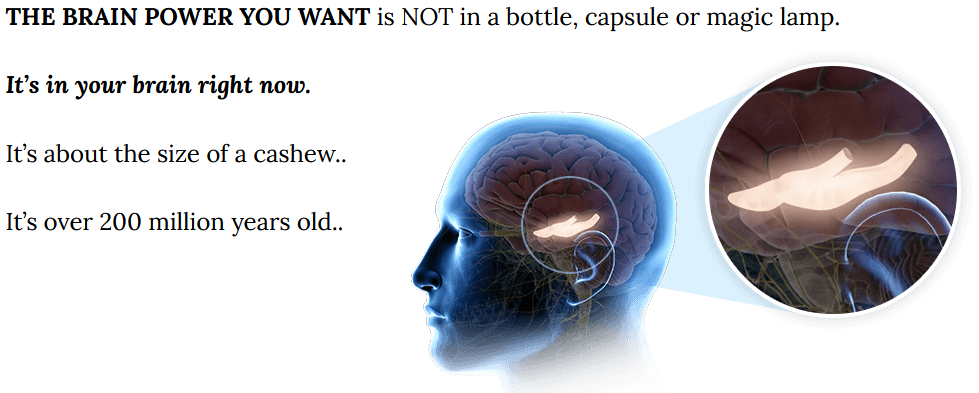Soundwave therapy, also known as acoustic wave therapy or low-intensity focused ultrasound, has gained popularity as a non-invasive treatment for a variety of health conditions. One of the most intriguing aspects of this therapy is its potential to positively impact brain function. But how exactly does soundwave therapy work on the brain? Let’s dive into the science behind this innovative approach.
Understanding Soundwave Therapy
At its core, soundwave therapy involves the use of sound waves at specific frequencies to stimulate different parts of the body. These sound waves are typically in the form of low-frequency ultrasound waves, which can penetrate deep into tissues without causing damage. When applied to the brain, these sound waves can influence brain activity in several ways.
Mechanisms of Action
1. Neuroplasticity Enhancement: One of the primary ways soundwave therapy impacts the brain is by enhancing neuroplasticity—the brain’s ability to reorganize itself by forming new neural connections. The gentle pulsation of sound waves can stimulate the production of brain-derived neurotrophic factor (BDNF), a protein that plays a key role in promoting the growth and differentiation of new neurons and synapses. This can be particularly beneficial in recovering from brain injuries or combating neurodegenerative diseases.
2. Improved Blood Flow: Soundwave therapy has been shown to increase blood circulation within the brain. Enhanced blood flow ensures that brain cells receive more oxygen and essential nutrients, which can lead to improved cognitive function and mental clarity. This is especially important in conditions where brain perfusion is compromised, such as in stroke recovery or chronic migraines.
3. Stimulation of Cellular Repair Processes: The mechanical energy from soundwaves can trigger a cellular repair process known as mechanotransduction. This process converts mechanical stimuli into chemical activity within cells, promoting healing and reducing inflammation. For the brain, this can mean accelerated recovery from injuries, such as concussions, or a reduction in chronic pain associated with neurological conditions.
4. Reduction of Stress and Anxiety: Soundwave therapy may also help in regulating the brain’s stress response. Studies suggest that certain frequencies can encourage the release of neurotransmitters like serotonin and dopamine, which are crucial for mood regulation. By modulating these chemical messengers, soundwave therapy can contribute to a reduction in stress, anxiety, and even symptoms of depression.
Applications in Mental Health and Neurology
Given its multifaceted effects on the brain, soundwave therapy is being explored for various applications. In mental health, it’s used as an adjunct therapy for conditions like depression, anxiety, and post-traumatic stress disorder (PTSD). In neurology, it holds promise for treating migraines, neurodegenerative diseases like Alzheimer’s, and for aiding in recovery after a stroke or brain injury.
